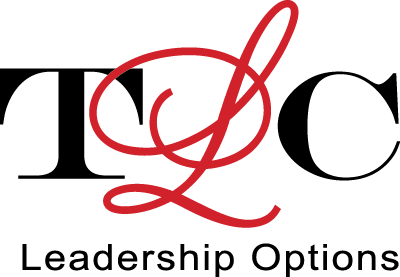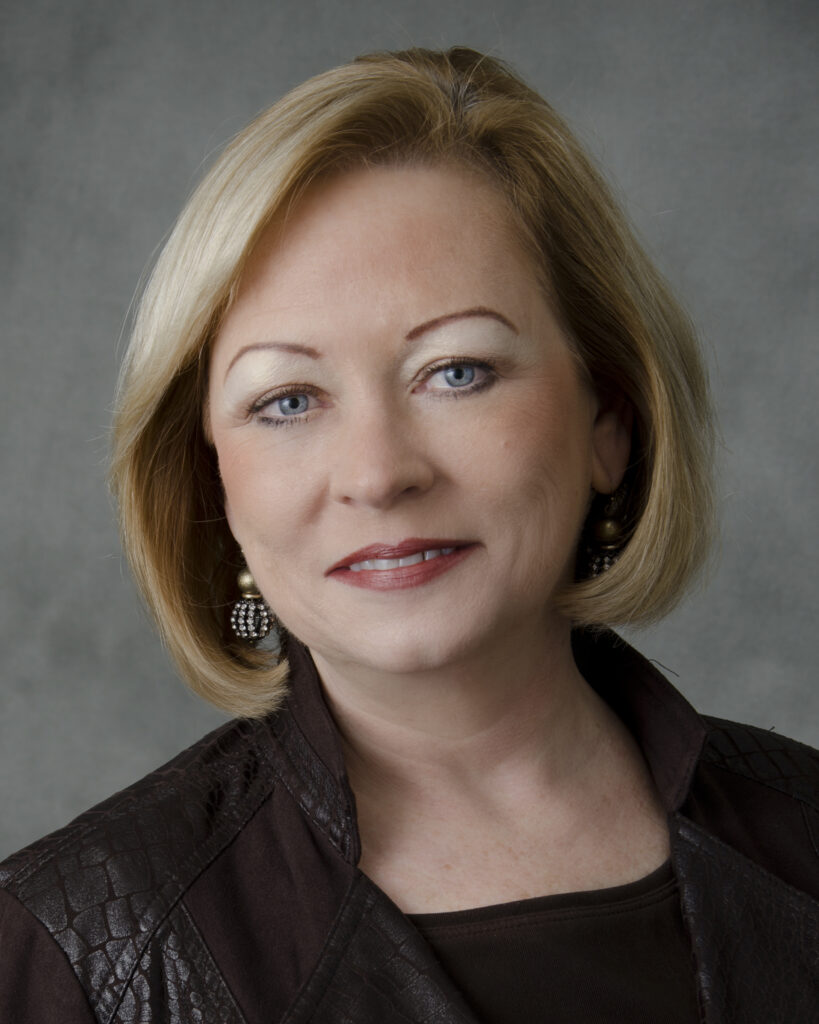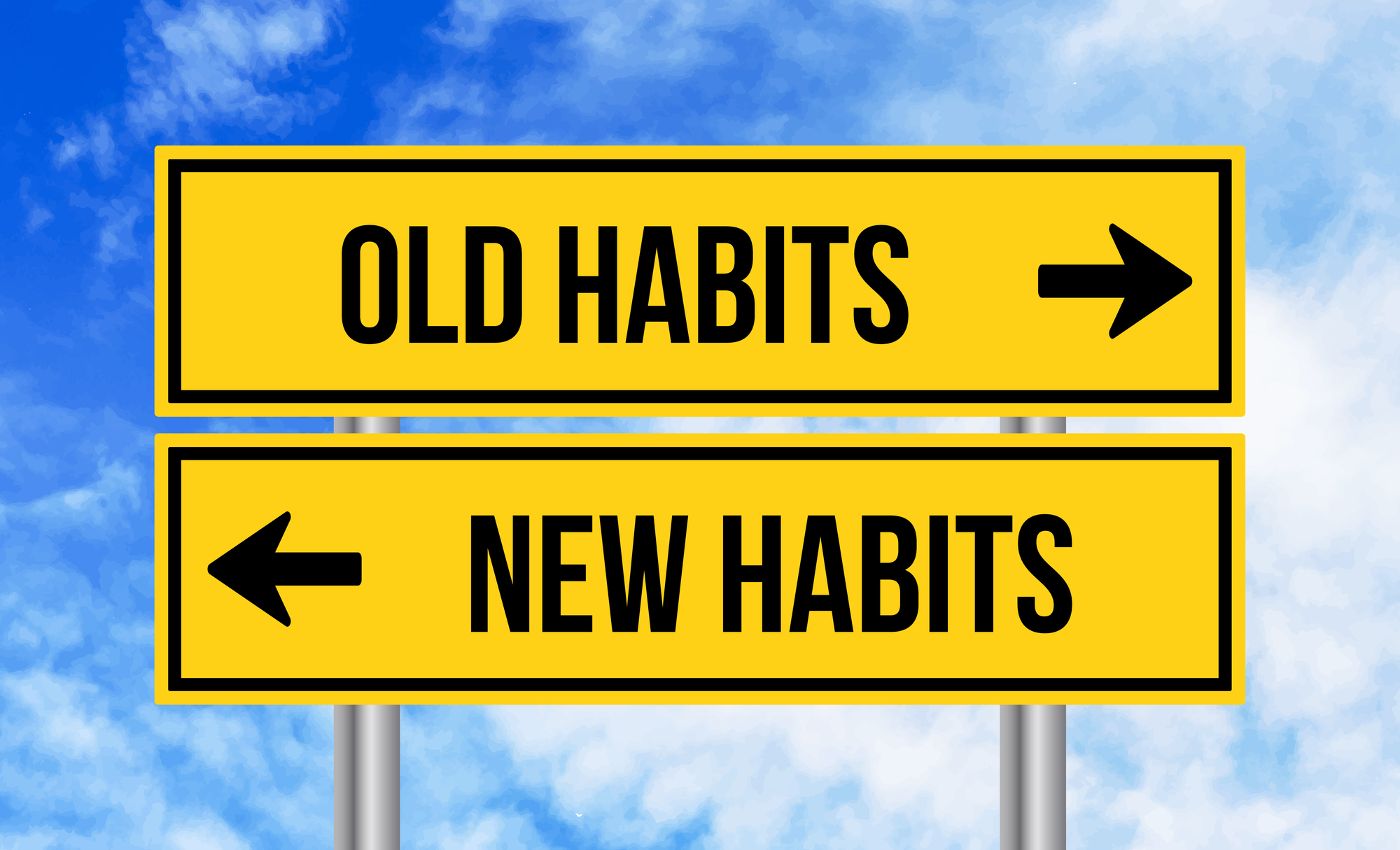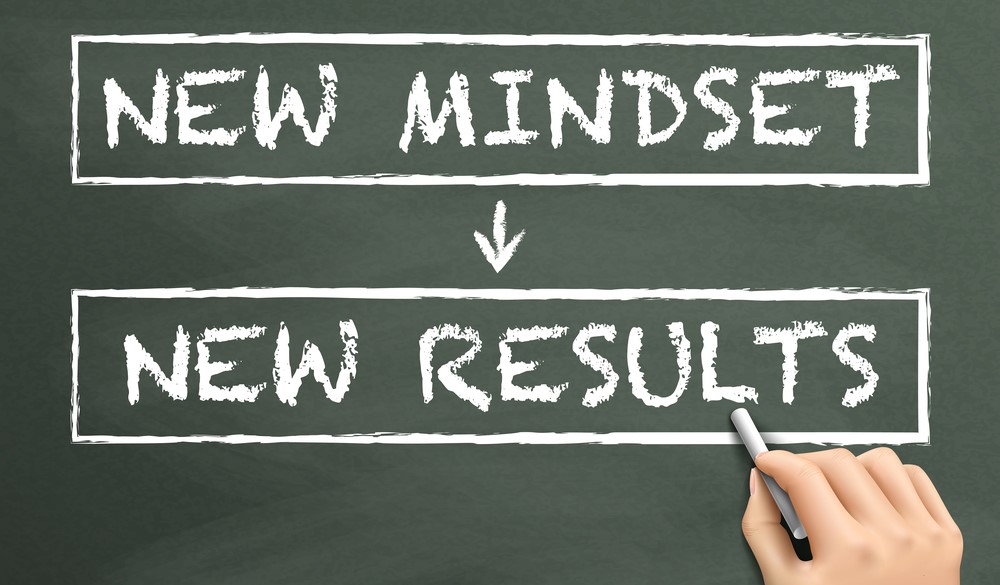Leaders are decision-makers. It is natural that a leader wants to make the best decisions possible. In teaching decision-making at the MBA level, we discuss decision-traps like sunk-cost fallacy and how our mental models can shape our decisions in ways we might not be aware of. Another word for mental model is bias. A best practice for decision-making then is to recognize unconscious bias and do our best to eliminate it.
What is Bias and Why Worry About It?
Let’s start with the fact that we ALL have biases – it’s inescapable. Biases arise from our belonging, or not, to many different groups: male or female; sororities, fraternities, oenophiles or gun owners; parents with children or childless couples; union members or church members; Democrat or Republican. We learn things as a member of a group that shape our reality and form the basis of many decisions. If your social group is limited to people of the same race or religion, that’s the “like me” or affinity bias at play. We are comfortable with people who are like us. When everything you read about a political party confirms your own beliefs, that’s confirmation bias (resulting from only reading writers that share your own viewpoint). When we make decisions about individuals based on their belonging to a certain group, that’s stereotyping. In the current moment, we hear many stories in the media that expose negative behaviors resulting from ethnic, cultural, racial, religious, gender, or gender-identity bias. When we have such biases our decision-making around hiring or team selection, for example, can be impacted.
Many of our biases are unconscious – we are not even aware of them. That is the thing that has been bothering me. What are my biases and how are they affecting others? If they are unconscious, how do I know when I am operating in a way that is less inclusive or worse yet, offensive? How do I know when I’ve made a quick decision based on comfort that is less open or even less optimal? If it’s unconscious, how can I manage it? Here are some ideas for steps you can take.
Getting on the Path Toward Better Decision-making.
Step One: Start a learning journey about unconscious bias
Once I put my toe in the water of learning more about unconscious bias, I grasped that the subject is vast. Fortunately, resources for learning are also vast. To start, I wanted to know what people say and do that, even though unconscious, reflects a negative stereotype or is otherwise disrespectful to others. The following is an example.
Recently a client pointed out to me the great extent to which our language is rife with references to the Native American culture or the white man’s treatment of that culture. Referring to a Native American as “chief” or yelling “Geronimo” when bungee jumping is demeaning to Native American leaders. Holding a powwow is flippant appropriation of a term when in fact powwows were once outlawed as a way of suppressing the Indians. Hold down the fort, off the reservation, and on the warpath are also negative references. See a list of 30 items and their explanations here.
I don’t mind admitting that I was completely ignorant of how parts of our everyday language are offensive. And while you might not have contact with any Native American people, there are many among us that have Native American ancestry or connections. This is just one illustration of the ways we can offend without consciously meaning to. And in my case, I didn’t even know what I didn’t know.
“You cannot fix a problem you do not know you have.” So begins Emmanuel Acho, author and video producer of Uncomfortable Conversations with a Black Man, in his essential guide to the truths Americans need to know to address the systemic racism that has recently electrified protests in all fifty states. “There is a fix,” Acho says. “But in order to access it, we’re going to have to have some uncomfortable conversations.”
My learning journey has just started and given the times in which we live, there are myriad ways that I can learn. People of all types are speaking out to address their experiences. There are books, articles, videos, podcasts, and Ted Talks, to name a few.
Step 2: Be proactive
Due to the 2020 social unrest around race issues, some companies or organizations have renewed unconscious bias training and dialog and consciousness-raising activities for their employees. If you are in one of those companies, take advantage of the learning opportunity. But there are critics who will say that training doesn’t work and reading or learning is not enough. To quote author Saida Grundy in The Atlantic in July of 2020, “dialogue cannot supplant restorative social policies and laws, organizational change, and structural redress.”
On a corporate, institutional, or even legal level there is much to be done. The World Economic Forum reported in 2020 about dozens of companies who stepped up with programs and donations to impact systemic issues. Here, I’m going to address what we as individuals can do. It’s understandable that once you learn all the ways you could say or do the wrong thing, you might decide not to engage at all, out of an abundance of caution. You could avoid the subject altogether and stay quiet for fear of mis-stepping.
That was my first inclination when faced with teaching a module on unconscious bias in an MBA program. What do I know about this? What if someone gets offended? How do I lead a discussion?
But a leader finds a way. And even if we stumble, we learn from that experience and move on. And so I did both: engaged the students in an exercise and a discussion, and stumbled. I called one of only two Black women in the class by the name of the other Black woman. A mistake for which I was accused of unconscious bias. So, can it be tricky? Yes. Change can be hard, but worthwhile. Here are some additional concrete steps:
- Be more mindful of your thoughts, language, and comments
This is where the increased awareness helps. Slow down, and think before you speak. Monitoring our thoughts to change behavior is a leadership development technique. Do you really need to comment on how someone looks today, or on their clothes? Even if you mean well, there are so many ways this can go wrong. Think about your everyday expressions and where they may come from. Is it appropriate to refer to someone as “the low man on the Totem pole?” or to refer to women as “girls” (and yes, that still happens).
- Change the way you make decisions
Be more inclusive and seek the insight of a broader group of individuals. Seek out people that you know see things differently from you. Seek someone whose experience is different from your own. Leaders in global organizations must go beyond the “headquarters” view of the world. Take a hard look at your likely biases and examine their worth.
- Diversify the people around you
There is an exercise whereby you examine your circle of contacts and list acquaintances, then friends and then the trusted 10 people in your inner circle. It is an exercise proving affinity bias, as for most of us as the trusted 10 will often be the same race, age, education level, etc., etc., etc. If that is not the case for you, then bravo! But if it is, consider the benefits of getting to know someone different from yourself and sharing experiences with them. Having a diverse team or diverse friends provides a way to learn about others’ cultures and experiences. Be open about your own culture and experiences and people will be prone to share. The next time you attend a networking event (post COVID), approach a person you don’t know who appears different from yourself.
When hiring, make resumes blind: take off references to race or sex. Use behavioral interviewing to check for life experiences and challenges that prove resiliency. Hold yourself or your organization accountable for improving diversity by monitoring the numbers. The case has been made that diverse teams make better decisions; innovative thinking is improved and financial results are better.
- Don’t stand by: Take a stand
“When you see something, say something.” Do not be a bystander when you see inappropriate behavior. Insert yourself in the conversation tactfully and redirect it when you see offensive behavior. If you stand by and watch while others are harassed, bullied, or otherwise discriminated against, you are complicit.
Conclusion: Let Your Values Guide Your Decisions
Most of us have considered the values by which we live and lead. It is unlikely those values include making biased decisions. Let’s increase our awareness of our biases and take them out of decision-making and out of our lives. Seek difference and enjoy the learning journey.





